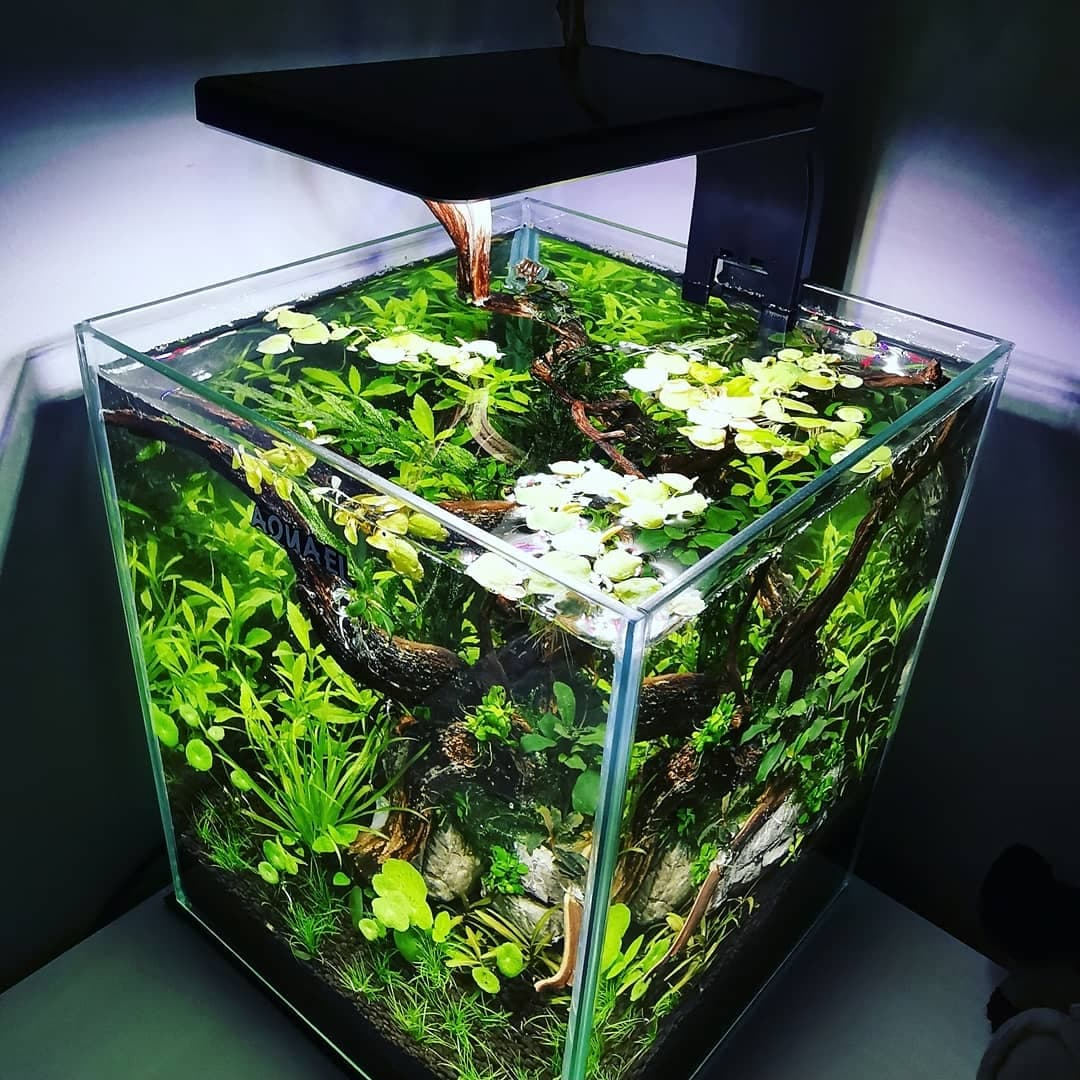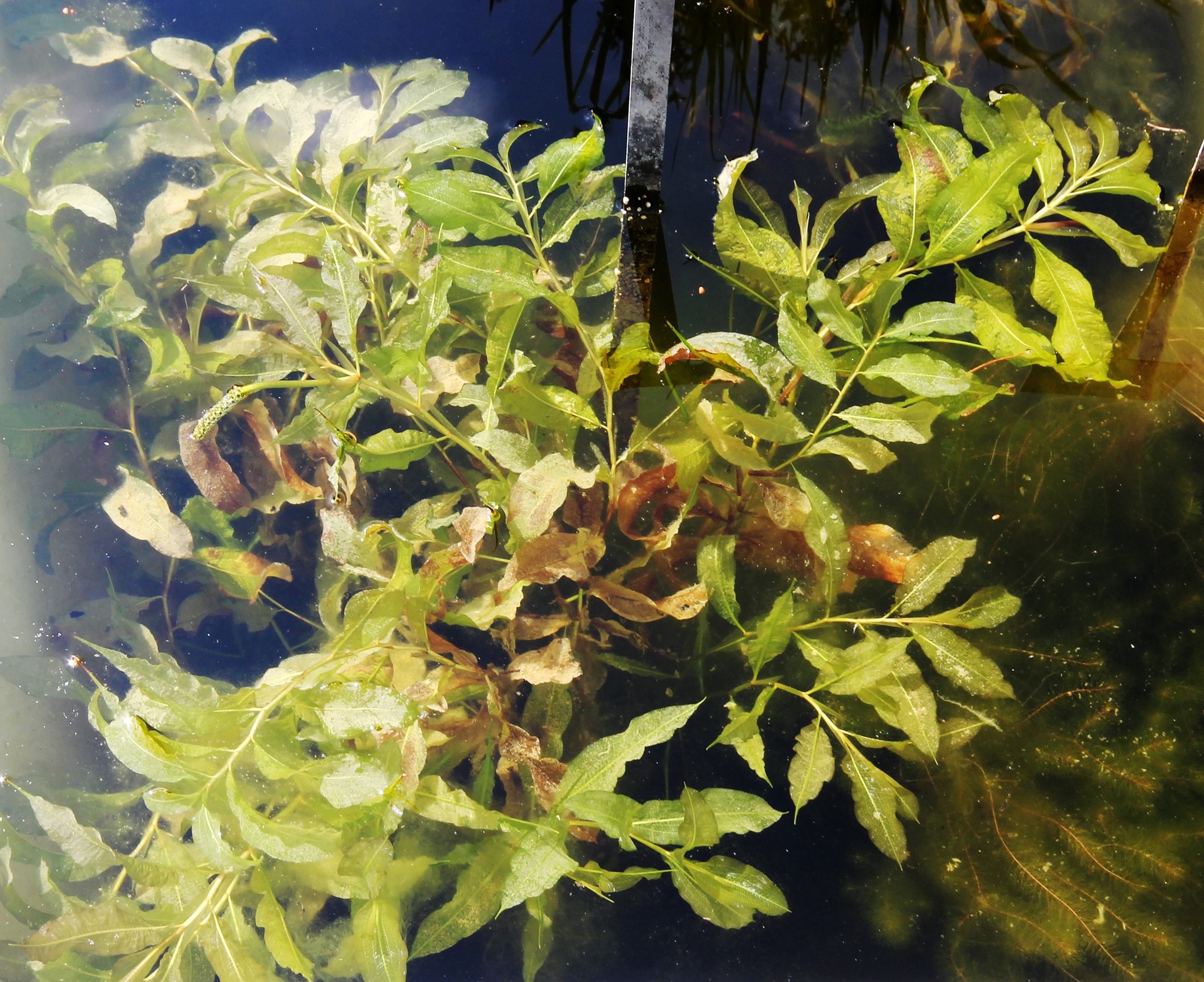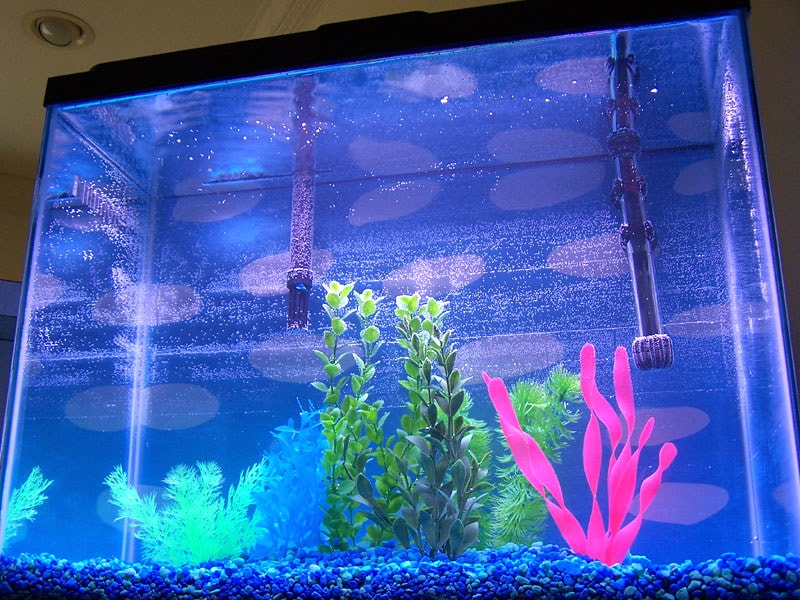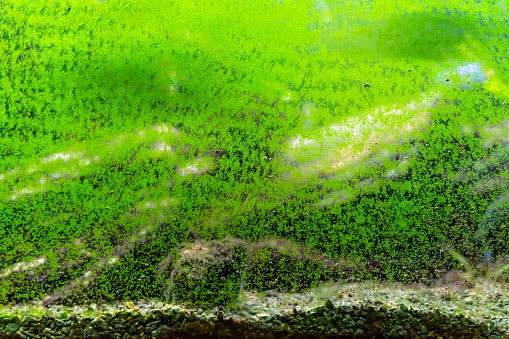What is PAR - lighting and brightness
What is PAR? PAR, or Photosynthetically Active Radiation, refers to the specific range of light wavelengths that plants use for photosynthesis. This range includes light wavelengths from approximately 400 to 700 nanometers. PAR is crucial for plant growth because it encompasses the light spectrum that plants are most efficient at absorbing. In a planted tank, understanding PAR is fundamental to ensuring that aquatic plants receive the appropriate amount of light to thrive.
PAR light plays a significant role in the health and development of plants in your aquarium. By measuring PAR, you can determine how well your lighting setup supports photosynthesis and plant growth. PAR requirements for plantsvary depending on the species, but ensuring that your tank has adequate PAR light is essential for promoting robust plant health and vibrant colours.

Understanding PAR Light
PAR light refers to the spectrum of light that plants use for photosynthesis. It includes both blue and red light wavelengths, which are essential for different stages of plant growth. In a planted tank, the intensity and quality of PAR light can greatly influence the rate of photosynthesis and overall plant health. The PAR value light measures the amount of light available in this crucial range.
The effectiveness of PAR light in promoting plant growth is determined by its intensity and duration. Adequate PAR light for plants ensures that they receive enough energy to perform photosynthesis efficiently. Insufficient PAR can lead to stunted growth, while too much PAR can cause stress or damage to the plants. Therefore, understanding how to measure and adjust PAR levels is key to maintaining a healthy aquarium ecosystem.

The Role of PAR in Lighting
PAR is a subset of the broader light spectrum and is specifically tuned to the wavelengths that plants use for photosynthesis. This makes it different from other types of light that may not be as beneficial for plant growth. PAR in lighting systems ensures that the light provided to your planted tank matches the needs of your aquatic plants, supporting their growth and health.
PAR directly influences the efficiency of photosynthesis, which is the process through which plants convert light energy into chemical energy. Proper PAR light levels enhance the photosynthetic activity in plants, leading to better growth and a more vibrant aquarium. Too little PAR can limit this process, while excessive PAR may lead to issues like algae growth or plant stress.
PAR Requirements for Plants
Different species of aquatic plants have varying PAR requirements for plants. Some plants, like those in low-light environments, require lower levels of PAR, while others, particularly those growing in high-light conditions, need higher PAR values to thrive. Understanding these requirements helps in setting up an optimal lighting system for your planted tank.
To ensure that your plants are getting the right amount of light, you should regularly measure the PAR value light using a PAR meter. This tool helps you gauge whether the light levels in your tank meet the specific needs of your aquatic plants. How much PAR is too much can also be assessed through these measurements, allowing you to adjust your lighting setup to prevent any negative effects on plant health.
CO2 Injections and PAR Light for Healthy Plant Growth
The interaction between CO2 injections and PAR light is crucial for optimal plant growth in a planted tank. CO2 is a key nutrient for photosynthesis, and when combined with the right amount of PAR light, it can significantly enhance plant health and growth. In tanks with adequate PAR light, CO2 helps plants utilize the light more effectively, promoting robust growth and vibrant colors. Monitoring the levels of both CO2 and PAR ensures that plants receive balanced support for their photosynthetic processes.
Using a PAR meter allows you to measure the light intensity in your tank, helping you to optimize the CO2 injections accordingly. If PAR light levels are high, you might need to increase CO2 levels to match the enhanced photosynthetic activity. Conversely, if PAR light is low, reducing CO2 may prevent excess carbon that the plants cannot use efficiently. Properly balancing CO2 injections with PAR light ensures that your aquatic plants receive the nutrients they need without causing stress or imbalances in the tank environment.
Choosing the Right Lighting for Your Tank
Choosing the right lighting for your planted tank involves considering factors such as the colour temperature and the type of light source. LED lights are popular for their energy efficiency and ability to produce a broad spectrum of light. When selecting lighting, make sure it matches the light requirements of your aquatic plants. For example, plants needing low light conditions will thrive under different lighting conditions compared to those requiring high light.
The tank dimensions and the specific needs of your aquarium plants play a significant role in determining the appropriate lighting setup. Larger tanks may require more powerful lights or multiple fixtures to ensure even light output throughout the tank. Additionally, the type of plants in your aquarium will dictate whether you need low lighting or strong lighting. Regularly measuring the amount of light with a PAR meter helps to fine-tune your lighting system, ensuring that plants receive the right amount of light for healthy growth and minimising issues like algae growth.

Maintaining Consistent PAR Levels
Maintaining consistent PAR levels in your planted tank is crucial for the health and growth of your aquarium plants. Fluctuating light levels can stress plants, leading to inconsistent growth and increased algae growth. Using a PAR meter regularly helps monitor and ensure that light levels remain within the optimal range for your plants. Consistency in light output promotes stable plant health and reduces the risk of imbalances that could harm your tank's ecosystem.
To keep PAR levels consistent, it’s important to choose a reliable light source and maintain it properly. Regularly clean your LED lights or other lighting equipment to prevent dust and algae build-up, which can reduce light intensity. Additionally, position your lights appropriately to ensure even distribution across the tank dimensions. Adjusting the light duration and intensity as needed, based on your spectrum chart, helps in keeping the PAR value steady. Regular testing with a PAR meter will help you manage and maintain the right amount of light for optimal plant growth.
Effects of Too Much or Too Little Light
Too much light in a planted tank can lead to several problems, including algae growth and plant stress. High light brightness can cause algae to thrive, out competing your plants for nutrients and disrupting the tank's balance. Overexposure to light can also lead to photo-oxidative stress, where plants suffer from damage due to excessive energy. Monitoring PAR levels with a PAR meter helps in detecting and addressing these issues promptly.
On the other hand, too little light can impede plant growth, leading to slow development and poor health. Low light conditions may result in plants becoming leggy and weak, as they struggle to perform photosynthesis effectively. Inadequate lighting can also cause plants to become less vibrant and may lead to shaded areas where plants receive insufficient light. To avoid these issues, ensure that your lighting setup provides adequate light output and color temperature to meet the PAR requirements of your plants. Regular adjustments based on plant needs and tank dimensions will help achieve a balanced light environment.
Different Lighting Options for Planted Tanks
When selecting lighting for a planted tank, there are several options to consider. LED lights are popular due to their energy efficiency and adjustable spectrum, which can be tailored to the needs of different aquarium plants. T5 fluorescent lights are another option, offering strong light output suitable for high-light plants. Metal halide lamps provide intense light and are ideal for deep tanks or high-light setups. Each type of lighting has its own benefits and can be chosen based on the specific requirements of your tank.
The spectrum chart of your light can affect how well your plants grow. Lights that offer a full spectrum, including red and blue light, support robust plant health and growth. Additionally, neutral white light provides a balanced view of the tank. For a low light setup, choose lights that offer a softer intensity, while high light setups require more intense illumination. Adjusting your lighting to match the tank dimensions and the amount of light needed ensures a thriving planted tank.

Using a PAR Meter Effectively
A PAR meter is a valuable tool for measuring the light intensity in your planted tank. It helps determine the amount of PAR light reaching your plants, ensuring they receive the right amount for optimal growth. Regularly measuring with a PAR meter allows you to monitor light distribution throughout the tank and make informed decisions about light placement and intensity. Understanding the PAR value in different areas of the tank helps in adjusting lighting to meet plant needs effectively.
Once you have taken readings with your PAR meter, you can adjust your lighting setup accordingly. If the PAR light is too high, it may cause excessive algae growth or stress your plants. Conversely, insufficient PAR levels can lead to poor plant growth. By making adjustments to the light spectrum chart, distance of lights, or intensity, you can fine-tune your setup. Using a PAR meter effectively ensures that your lighting remains within the optimal range for a healthy and thriving aquarium.
Balancing Light and Nutrients
Balancing light and nutrients is crucial for the health of your planted tank. Plants require adequate light to photosynthesize effectively, but this must be matched with proper nutrient levels to avoid deficiencies. Aquarium plants use light to absorb essential nutrients from the water column and the substrate. To achieve this balance, ensure your lighting setup provides sufficient light brightness for plant growth while also monitoring nutrient levels and adjusting them as needed.
The intensity and duration of light influence how well plants absorb nutrients. High light conditions can increase the rate of photosynthesis and nutrient uptake, but too much light can lead to imbalances. Low light conditions slow down plant growth, which may reduce nutrient absorption. Regularly test and adjust the nitrate levels and iron concentrations in your tank to match the light intensity. This ensures your plants receive the right amount of nutrients to support robust and healthy growth.
Dealing with Algae Growth Related to Light

Adjusting Lighting Based on Tank Dimensions
Adjusting lighting based on tank dimensions is essential for achieving balanced growth in a planted tank. Larger tanks require more powerful or additional light sources to ensure even light distribution across the entire aquarium. For instance, a high light setup may be needed for deep or wide tanks to prevent shaded areas from forming, which can inhibit plant growth. Conversely, smaller or shallower tanks might only need a lower intensity light to provide adequate coverage and prevent algae growth.
The choice of light source and its placement also depends on the tank dimensions. For deeper tanks, consider using LED lights with adjustable color temperature and spectrum chart settings to penetrate the water column effectively. In contrast, low lighting conditions may be sufficient for smaller tanks. Properly positioning the light to avoid shaded areas and ensuring even light output across the tank’s surface can enhance plant health and reduce the risk of uneven growth.
Conclusion: The Importance of Proper Lighting
Proper lighting is crucial for the health and growth of plants in a planted tank. Understanding what is PAR, selecting the right PAR light, and managing light brightness are fundamental to creating an optimal environment for aquarium plants. By balancing light intensity with nutrient levels and using tools like a PAR meter, you can ensure your plants receive the appropriate light for their needs while minimizing issues like algae growth.
Investing time and effort into configuring the correct lighting setup provides long-term benefits for both the aesthetic appeal and the ecological balance of your fish tank. Proper lighting not only supports robust plant growth but also helps maintain overall water quality and reduces the risk of common issues associated with lighting, such as too much light or insufficient PAR levels. Ensuring your lighting setup is well-suited to your tank’s dimensions and the specific needs of your plants will result in a thriving and visually stunning aquatic environment.
Meet our bestseller! The Pro-Elite Series Complete Aquarium CO2 System with New Inline CO2 Diffuser!





